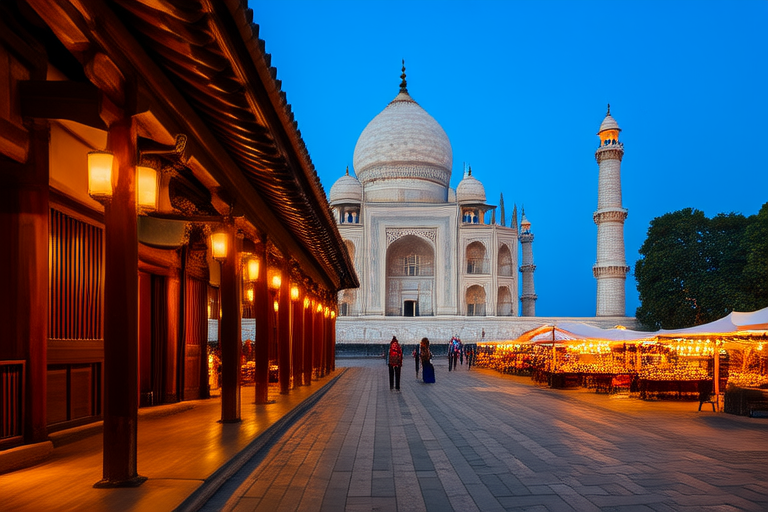Unveiling the Most Visited Tourist Attractions in Asia

“`html
Unveiling the Most Visited Tourist Attractions in Asia
Introduction
Tourism in Asia is a vibrant tapestry woven from the threads of diverse cultures, breathtaking landscapes, and awe-inspiring historical sites. From the bustling streets of Tokyo to the serene temples of Angkor Wat, Asia offers an unparalleled array of experiences that captivate millions of visitors each year. The continent’s rich history, vibrant traditions, and natural beauty make it a magnet for adventurers, history enthusiasts, and culture seekers alike.
This article delves into the most visited tourist attractions across various countries in Asia, offering insights into what makes each destination unique and unforgettable. Whether you’re drawn to ancient temples, modern cities, or pristine beaches, Asia has something to offer every traveler. Let’s embark on this journey to uncover the gems hidden within this vast and fascinating region.
Top Tourist Attractions
Japan
Tokyo Tower: Standing at 333 meters, Tokyo Tower is a beloved landmark offering panoramic views of the city. Its red-and-white design is reminiscent of the Eiffel Tower, but with a distinctly Japanese flair. Visitors can enjoy the observation decks, restaurants, and interactive exhibits that celebrate Japanese culture and technology.
Fuji Five Lakes: Located at the base of Mount Fuji, this area comprises five lakes that reflect the majestic snow-capped peak. It’s a paradise for hikers, photographers, and nature lovers, with trails leading to scenic viewpoints and hot springs.
China
The Great Wall of China: Stretching over 21,000 kilometers, the Great Wall is a testament to human ingenuity and perseverance. Built over centuries, it served as a defensive barrier against invasions and now stands as a symbol of China’s rich history and architectural prowess.
The Terracotta Army: Discovered in 1974, this army of terracotta warriors and horses is an incredible archaeological find. Each figure is unique, with distinct facial expressions and armor, providing a glimpse into the grandeur of the Qin Dynasty.
Thailand
Wat Phra Kaew: Also known as the Temple of the Emerald Buddha, this temple in Bangkok houses the revered Emerald Buddha statue. The intricate architecture and golden spires make it a must-visit site for both spiritual and aesthetic reasons.
River Kwai Bridge: A poignant reminder of World War II, this bridge spans the River Kwai and is part of the infamous Death Railway. Visitors can learn about the tragic history while enjoying the lush jungle surroundings.
India
Taj Mahal: This iconic mausoleum, built by Mughal Emperor Shah Jahan in memory of his wife, is universally recognized as a symbol of eternal love. Its white marble structure, adorned with intricate carvings and precious stones, is a sight to behold.
Jama Masjid: One of the largest mosques in India, Jama Masjid is located in Old Delhi and is known for its impressive architecture and historical significance. Visitors can climb the minarets for a stunning view of the city.
Indonesia
Borobudur: A UNESCO World Heritage Site, Borobudur is the world’s largest Buddhist temple and features thousands of relief panels and statues depicting the life of Buddha. Its tiered structure offers breathtaking views of the surrounding landscape.
Ubud Monkey Forest: Nestled in the heart of Bali, this forest is home to hundreds of monkeys and offers a peaceful retreat from the bustling tourist areas. Visitors can explore the sacred temple and enjoy the lush greenery.
South Korea
Busan: Known for its beautiful beaches and vibrant markets, Busan is a coastal city that offers a blend of relaxation and adventure. Haeundae Beach is particularly popular, drawing crowds with its soft sands and crystal-clear waters.
Gyeongbokgung Palace: This grand palace complex in Seoul is a masterpiece of traditional Korean architecture. Visitors can漫步在宫殿的庭院中,感受历史的厚重和文化的传承。